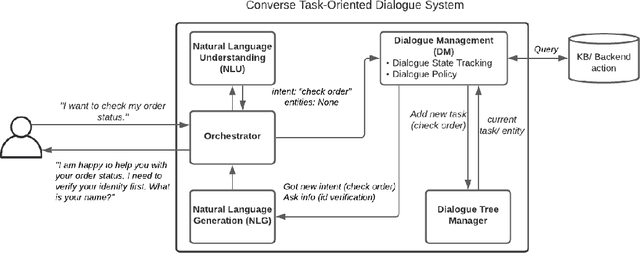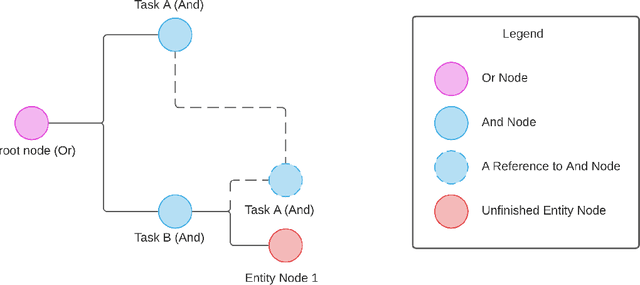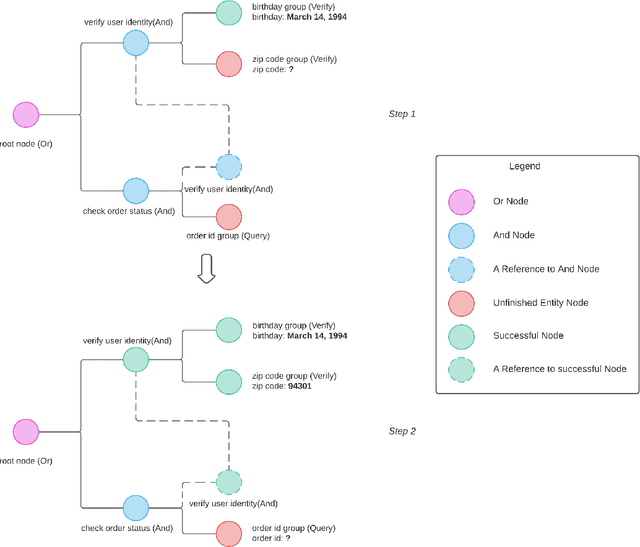Feihong Wu
TiAVox: Time-aware Attenuation Voxels for Sparse-view 4D DSA Reconstruction
Sep 05, 2023Abstract:Four-dimensional Digital Subtraction Angiography (4D DSA) plays a critical role in the diagnosis of many medical diseases, such as Arteriovenous Malformations (AVM) and Arteriovenous Fistulas (AVF). Despite its significant application value, the reconstruction of 4D DSA demands numerous views to effectively model the intricate vessels and radiocontrast flow, thereby implying a significant radiation dose. To address this high radiation issue, we propose a Time-aware Attenuation Voxel (TiAVox) approach for sparse-view 4D DSA reconstruction, which paves the way for high-quality 4D imaging. Additionally, 2D and 3D DSA imaging results can be generated from the reconstructed 4D DSA images. TiAVox introduces 4D attenuation voxel grids, which reflect attenuation properties from both spatial and temporal dimensions. It is optimized by minimizing discrepancies between the rendered images and sparse 2D DSA images. Without any neural network involved, TiAVox enjoys specific physical interpretability. The parameters of each learnable voxel represent the attenuation coefficients. We validated the TiAVox approach on both clinical and simulated datasets, achieving a 31.23 Peak Signal-to-Noise Ratio (PSNR) for novel view synthesis using only 30 views on the clinically sourced dataset, whereas traditional Feldkamp-Davis-Kress methods required 133 views. Similarly, with merely 10 views from the synthetic dataset, TiAVox yielded a PSNR of 34.32 for novel view synthesis and 41.40 for 3D reconstruction. We also executed ablation studies to corroborate the essential components of TiAVox. The code will be publically available.
Converse: A Tree-Based Modular Task-Oriented Dialogue System
Mar 30, 2022



Abstract:Creating a system that can have meaningful conversations with humans to help accomplish tasks is one of the ultimate goals of Artificial Intelligence (AI). It has defined the meaning of AI since the beginning. A lot has been accomplished in this area recently, with voice assistant products entering our daily lives and chat bot systems becoming commonplace in customer service. At first glance there seems to be no shortage of options for dialogue systems. However, the frequently deployed dialogue systems today seem to all struggle with a critical weakness - they are hard to build and harder to maintain. At the core of the struggle is the need to script every single turn of interactions between the bot and the human user. This makes the dialogue systems more difficult to maintain as the tasks become more complex and more tasks are added to the system. In this paper, we propose Converse, a flexible tree-based modular task-oriented dialogue system. Converse uses an and-or tree structure to represent tasks and offers powerful multi-task dialogue management. Converse supports task dependency and task switching, which are unique features compared to other open-source dialogue frameworks. At the same time, Converse aims to make the bot building process easy and simple, for both professional and non-professional software developers. The code is available at https://github.com/salesforce/Converse.
 Add to Chrome
Add to Chrome Add to Firefox
Add to Firefox Add to Edge
Add to Edge